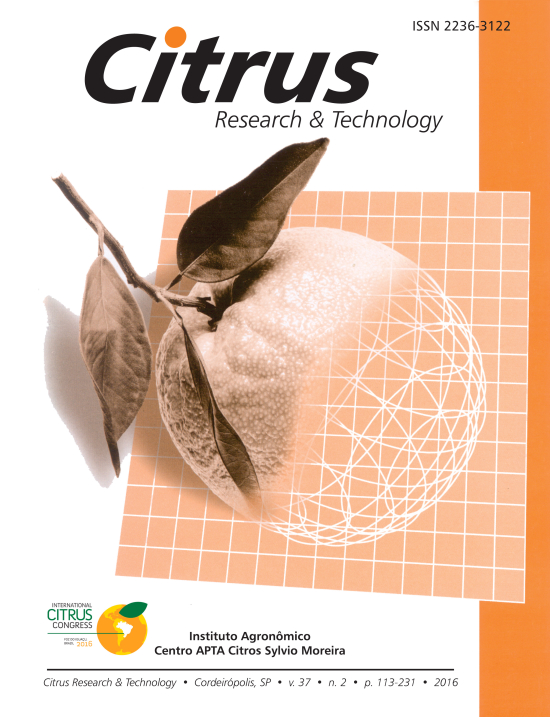Ocorrência do fungo entomopatogênico Lecanicillium longisporum Zimmerman em Orthezia praelonga Douglas (Hemiptera: Ortheziidae) O
Occurrence of entomopathogenic fungi Lecanicillium longisporum Zimmerman on Orthezia praelonga Douglas (Hemiptera: Ortheziidae)
Roberto Luis Weiler, Fernanda Souza Teixeira, Lécio Kaneko & Celson Alexandre Weiler
Resumo
A cochonilha Orthezia praelonga é uma importante praga dos citros, atacando as folhas e brotos, sugando continuamente a seiva, introduzindo toxinas que provocam desfolha, enfraquecimento das árvores e queda de até 50% dos frutos. O fungo Lecanicillium longisporum é patogênico para O. praelonga e ocorre sobre as diferentes fases de desenvolvimento do inseto, exceto ovo. O trabalho teve por objetivo identificar cochonilhas O. praelonga infectadas por Lecanicillium sp. e isolar este fungo para posterior multiplicação visando a obtenção de colônias puras. Coletou-se 120 insetos com formação cotonosa sobre os corpos em folhas de laranjeiras Valência, onde se observaram fungos dos gêneros Penicillium, Trichoderma, Metarhizium, Beauveria e Lecanicillium. No total foram isolados nove insetos com colônias de Lecanicillium sp. Uma vez que a colônia estava isolada e identificada foram utilizados os postulados de Koch para estabelecer uma relação causal entre o fungo L. longisporum e a cochonilha O. praelonga. Os insetos coletados das plantas inoculadas com o fungo apresentaram sintomatologia semelhante aos que anteriormente tinham colônias de Lecanicillium sp e confirmaram a relação causal da doença, havendo morte de 100% dos insetos após 10 dias de inoculação.
Palavras-chave
Abstract
The soft scale, Orthezia praelonga, is a pest in citrus orchards, they continuously suck the sap, introducing toxins that cause defoliation, weakening of the tree and can cause a drop of fruits up to 50%. The fungus Lecanicillium longisporum is pathogenic to O. praelonga and occurs on the different stages of development of the insect, except egg. The objective of this work was to identify scale insects O. praelonga infected with Lecanicillium sp. and to isolate this entomopathogenic fungus for future multiplication. A hundred and twenty insects with a cottony sac were collected from Valência orange leaves, and we could identify the fungi: Penicillium, Trichoderma, Metarhizium, Beauveria and Lecanicillium. Nine colonies of Lecanicillium sp collected from insects were isolated. Once the colony was isolated and identified, Koch postulate was used to prove the link between the fungus L. longisporum and the scale O. praelonga. The fungus inoculated insects showed symptoms similar to the previously observed in Lecanicillium sp infected insects. This fact confirmed the relation between the fungus and the disease, causing the death of 100% of the insects 10 days after inoculation

